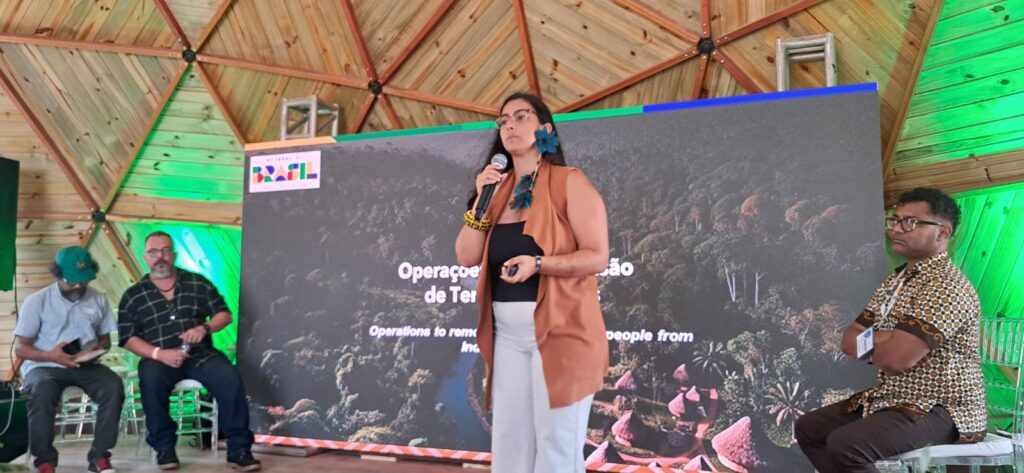In 2021, the spiral of violence that marks illegal mining activities in the Yanomami Indigenous Land (TIY) reached new highs. On May 10, the Palimiu village, on the banks of the Uraricoera River, was attacked by gunfire. The next day, six federal police officers were sent to the village, but were welcomed with bullets by the criminals. Even with the presence of the Army and Federal Police at the TIY, there were at least 11 new attacks on different villages. Suspicions fall on miners linked to one of the largest criminal organizations in the country, the PCC (First Command of the Capital), which has been getting closer to illegal miners in the State at least since 2018.
Phone tapping carried out during the Federal Police’s Operation Érebo, in 2018, captured dialogues by a member of the PCC who lives in Iracema, in the interior of the state of Roraima, that described the expansion of the criminal organization to the mining areas, where there is a massive presence of ex -convicts and fugitives from justice.
Although investigators do not know precisely the role that members of the PCC play in the structure of illegal mining and cannot say for sure whether they only provide protection or act in the illegal extraction of the metal itself, experts have no doubts that the lack of regulation of the gold market in the country encourages the laundering of money – which attracts organized crime.
“Gold is the best way to launder money today”, says Federal Prosecutor Paulo de Tarso Moreira Oliveira, from the Itaituba region, in Pará. “The fact that the PCC is operating in mines is a natural process. Not just the PCC, but any organization that deals with criminal money. Anyone who is illegally enriched and wants to justify an increase in wealth, can just go to the gold sector”, says the prosecutor, one of the leading investigators of illegal gold mining.
“Mining sites are an environment conducive to criminality”, agrees police chief Adolpho Albuquerque, from the Federal Police’s Organized Crime Repression Office in Roraima, in an interview with Amazônia Real.
In the assessment of Larissa Rodrigues, project manager at Instituto Escolhas, an entity that advocates the implementation of gold tracing practices in the country, mining has become attractive to criminals. “Since you have a weak control and trading system, you can launder money with gold. Not because you actually want to sell gold, but because it’s so loosely controlled and has so much value that you can launder money from drugs, arms trafficking, whatever, using gold.”
Mining logistics facilitates the transportation of drugs
The logistics of mining activities in the Yanomami Indigenous Land, which depends on planes and helicopters to transport supplies, miners and gold, is another factor that generates a natural proximity to drug trafficking.
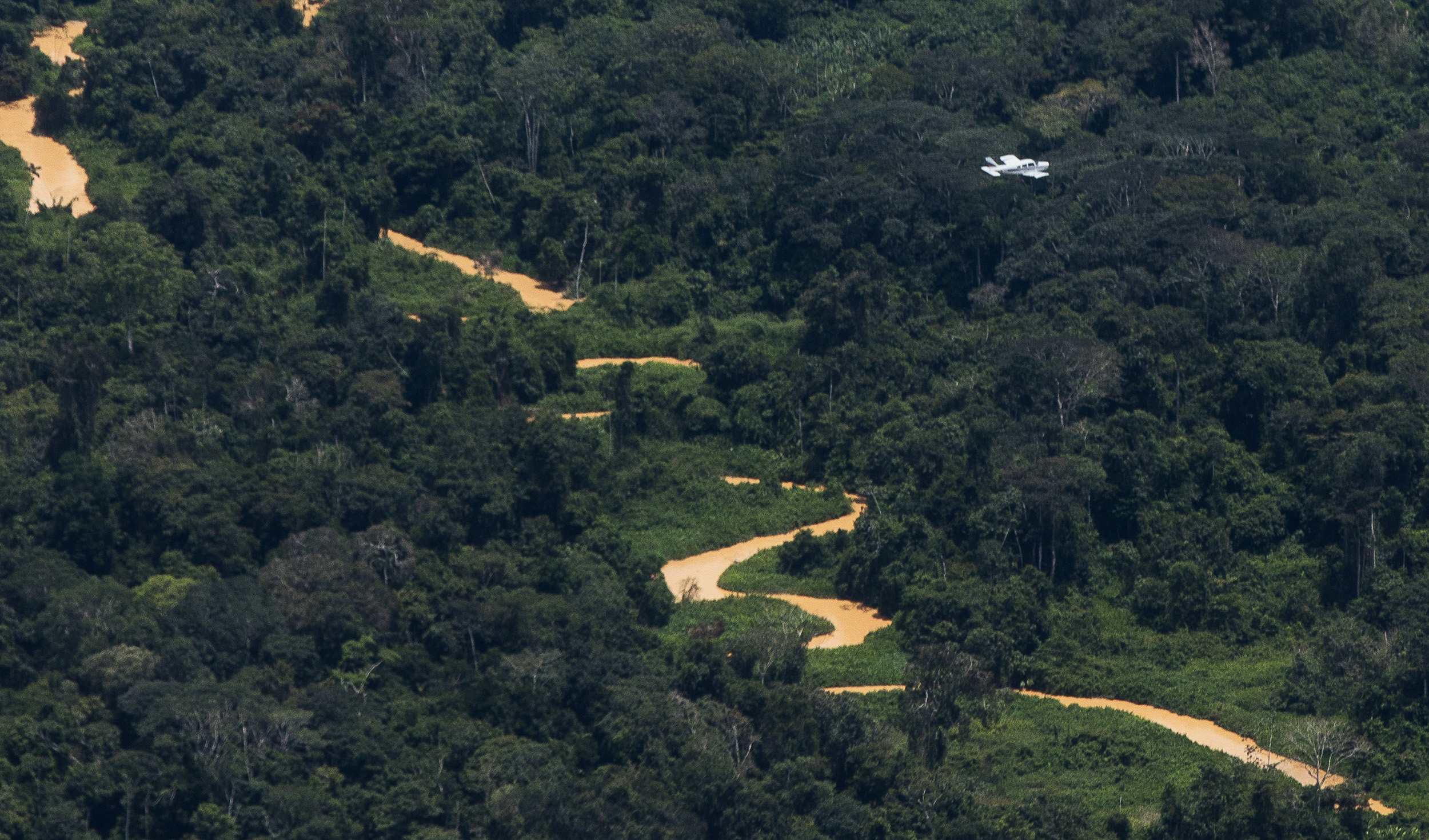
“Since they have specialized workforce [pilots], they end up agreeing to do anything. The opportunity arises to transport drugs, to transport miners… whatever the opportunity in these areas of crime, whether environmental or drug trafficking, they will not refuse it”, analyzes Police Chief Albuquerque.
A survey carried out by Amazônia Real and Repórter Brasil covering the 31 airplanes that have been flying over mining sites at the TIY over the last decade shows that at least two pilots suspected of providing logistical support to the mines had been caught transporting cocaine – many years before the PCC expanded and consolidated its presence in Roraima.
A target of the Xawara operation in 2012, pilot José Donizete do Amaral flew several times to and from the illegal mines in TI Yanomami. Some of those flights were connected to Pedro Emiliano Garcia, convicted of genocide due to the Haximu massacre that killed 16 indigenous people in 1993.
Read more about the Haximu massacre
According to the investigations conducted by the Federal Police, on his flights to and from the territory, José Donizete transported supplies such as food, weapons, ammunition and mercury to illegal mines. But his direct connection to a drug gang would only be revealed years later. In 2017, he piloted the single-engine Cessna 206 prefix PT-JPW loaded with 525 kilograms of cocaine that crashed into the Branco River, east of Yanomami territory. He died in the accident and only 97 kilos of the drug were found by the police – the other part was rescued by cronies who ended up in prison.
Another aircraft pilot connected to illegal mining was also caught transporting drugs. Amarildo Oliveira Berigó, identified by the Federal Police as Donizete’s partner, and also a target of the Xawara operation for operating illegal flights to and from IT Yanomami. In 1999, he was arrested in the act by the Federal Police during the seizure of 372 kilos of cocaine on a farm in Cocalinho, Mato Grosso. According to the Federal Police, the site belonged to the network of mega-trafficker Leonardo Dias Mendonça, known as the “trafficking baron”. Berigó could not be reached to comment.
Connections with Venezuela
Located in the far north of the country, the state of Roraima and neighboring Amazonas are in a strategic region for international drug trafficking and arms smuggling. In the Yanomami Indigenous Land, the border with Venezuela has always been dominated by illegal mining – part of the Yanomami blood gold ends up being sold in the neighboring country. It is across this same border that the sale of drugs and weapons also takes place.
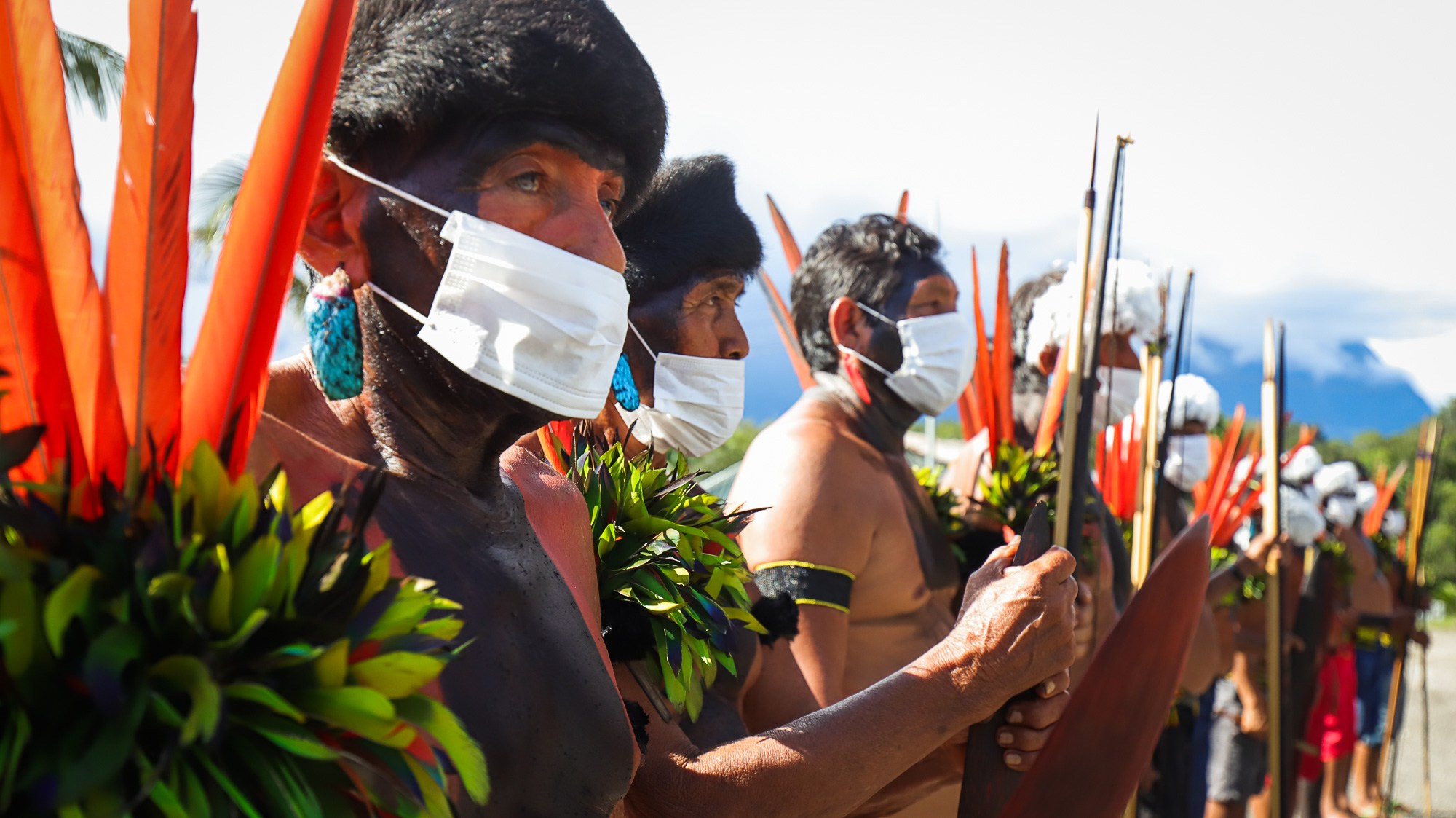
Read more about the companies that buy gold mined at TIY [DTVMs]
In 2008, Brazilian authorities pointed out that Plan Colombia (an anti-drug policy sponsored by the United States beginning in 1999) increased the amount of cocaine that entered Brazil through the Amazon region.
A telegram leaked through the Wikileaks platform shows that that year a US mission sent to Roraima and Amazonas met with prosecutors and police officers and was on the border with Venezuela. In addition to detecting an increase in drug trafficking in the region, mainly through rivers, they pointed out that there was little police force and limited resources to face significant regional challenges, such as drug trafficking.
The investigators also stated that state and federal authorities in Roraima admitted the existence, but underestimated the exploitation of slave and child labor, as well as the sexual trafficking of women and girls to illegal mining areas.
Even though the increase in drug trafficking on the border, a region that was already dominated by illegal mining, was known for more than ten years, it was only in 2020 that the Federal Police began to investigate “strong suspicions” that the PCC had articulated an alliance with Tren de Aragua, one of the largest criminal groups in Venezuela, involved in kidnappings, homicides, vehicle theft and drug, weapons and human trafficking.
The allegation of connection between the PCC and the Aragua Train was the result of operation Triumphus, which identified in Roraima the recruitment by the PCC of Venezuelan immigrants already involved in crimes. The investigation, to which Amazônia Real had access, found that at least 740 Venezuelans have joined the ranks of the PCC in the state in the first half of 2020.
“We have reports of weapons that come through the international route, enter through Venezuela or Guyana. Usually, they are brought in by these people, these faction members, or someone or other who has a debt, who owes something to the faction, then they manage to take these weapons over there”, explains Chief Albuquerque, from the Federal Police, making a connection between the inflow of weapons into the mines and the actions of members of criminal groups.
PCC in Roraima
The PCC came into existence in the 2000s and developed within the prisons of São Paulo; in Roraima it was no different. The presence of the criminal organization had already been detected in the state in 2014 and, that year, it underwent an abrupt growth: over a few months it went from 50 to 1.5 thousand members.
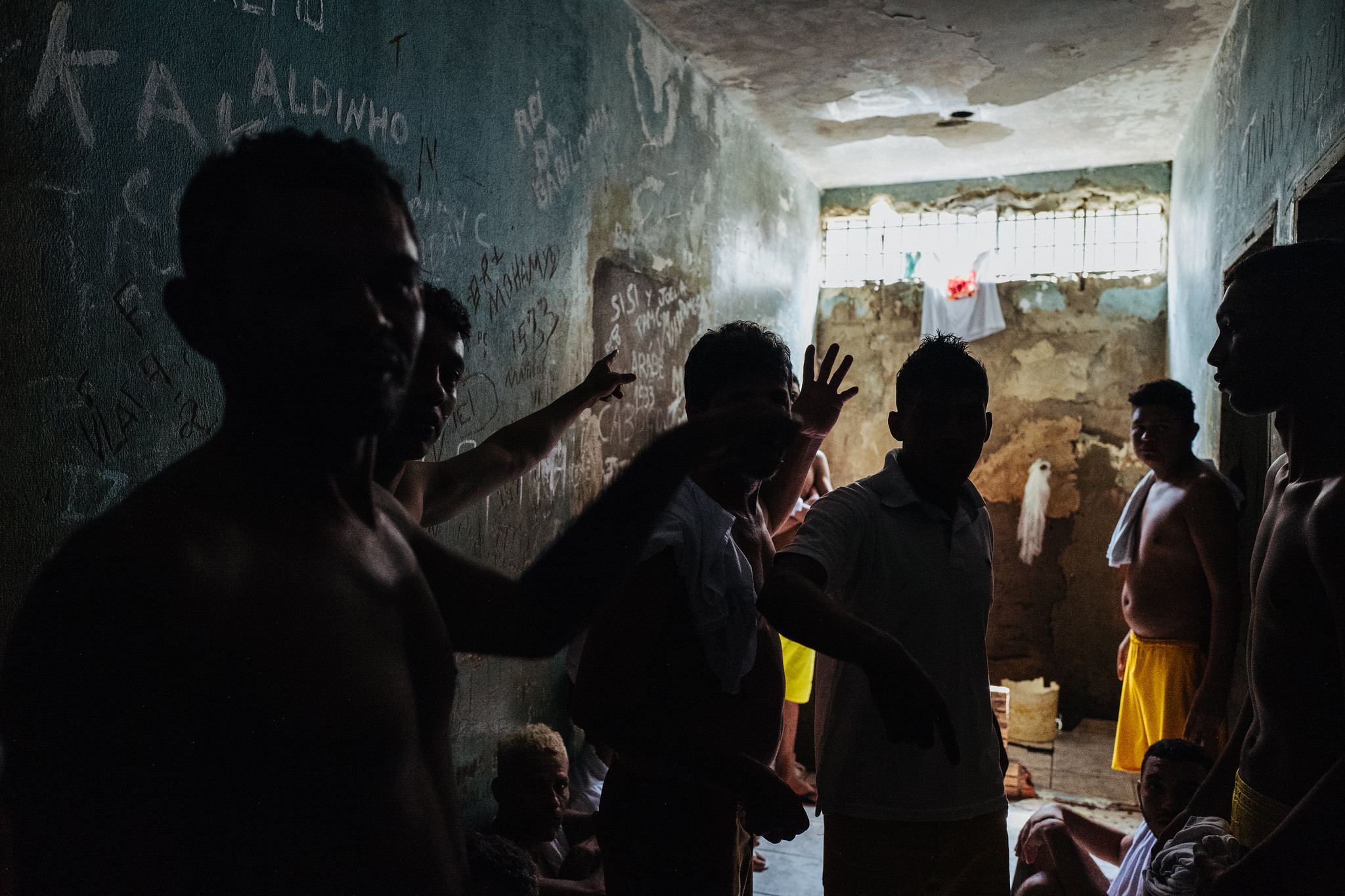
In 2016 and 2017, the Monte Cristo Agricultural Penitentiary, in Boa Vista, was the scene of two massacres that left 43 inmates dead, most of them from the rival group, Comando Vermelho. A series of attacks in four cities in the state in a night of terror in July 2018 is also attributed to PCC.
In those first years of the PCC’s activities in Roraima, a not-so-silent war was waged on the outskirts of Boa Vista. For the first time in history, the dispute for control of drug trafficking led a northern state to reach the top ranking in homicides, according to the survey published in the Brazilian Public Safety Yearbook. The survey found that Roraima ended 2018 with 348 intentional lethal violent crimes, or 66.6 deaths per 100,000 inhabitants, more than double the national average of 27.5 per 100,000 inhabitants.
In 2018, federal intervention was decreed in the Roraima prison system, mainly to resume the operation of the Monte Cristo Agricultural Penitentiary, controlled by the PCC. A Task Force for Combating Organized Crime (Ficco) was also formed in the state, composed of the Federal, Civil and Military police and the Department of Justice and Citizenship, responsible for the prison system. But, by then, the faction had ramifications of its business far beyond the prison bars. And one of its main targets was precisely illegal mining.
PCC presence at TIY
This is not the first time that vice chairman of the Yanomami Hutukara Association, Dário Kopenawa Yanomami, has received reports from leaders about the presence of people associated to drug trafficking at TI Yanomami. “They are taking drugs, cocaine, to the indigenous land. We are worried, they are going to distribute it to the Yanomami, we were talking about this to the previous [Army] generals. The Army itself has seen it, they have seized cocaine, marijuana. They have these reports”, he says.
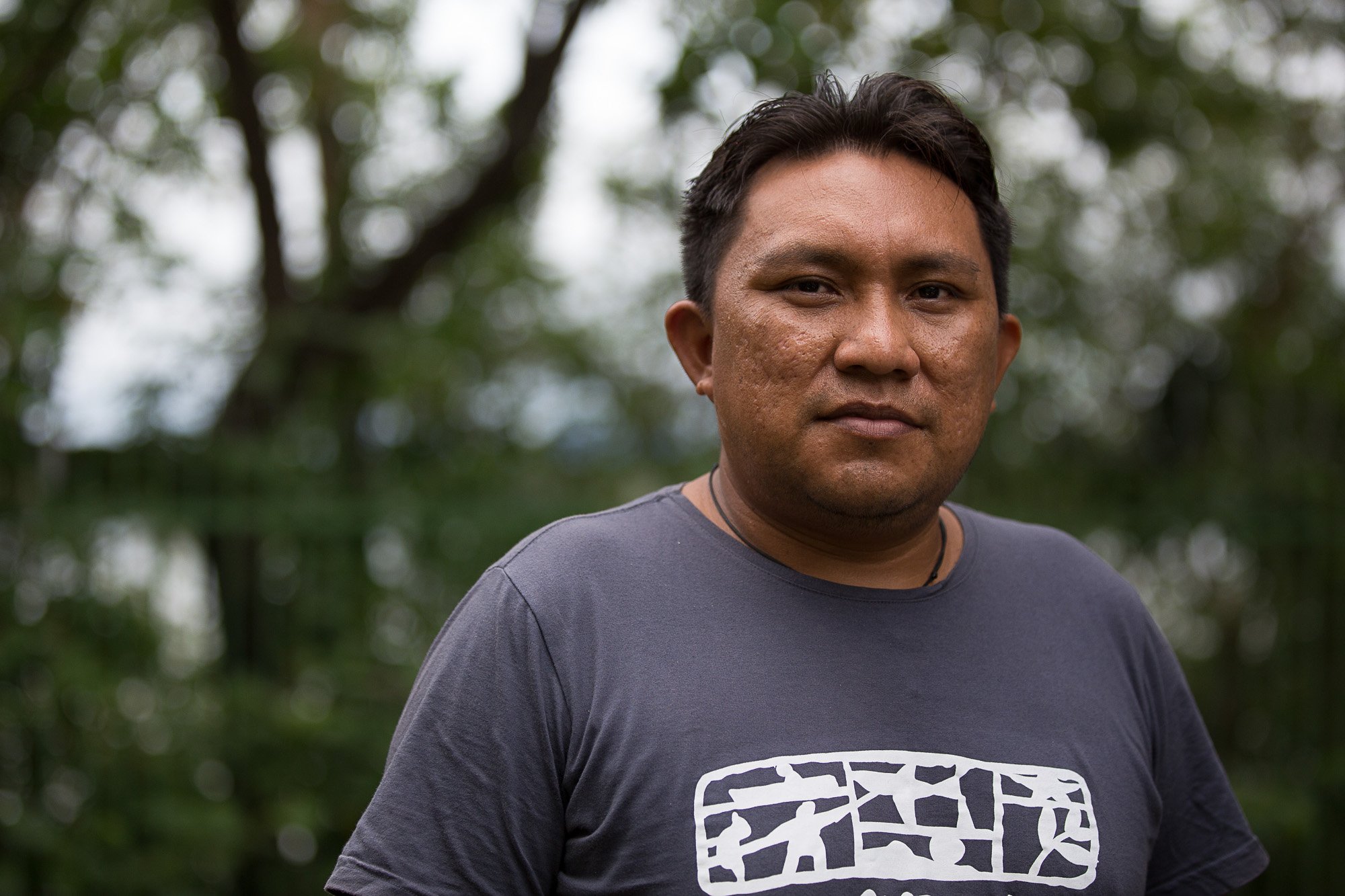
The Yanomami people informed the Federal Police of the threats and attacks, which have intensified in the Korekorema region since the beginning of this year. But even before these first episodes, Dário recalls that the Yanomami reported that miners have died in conflict with criminals in the region of Tatuzão.
“There are many miners dying over there, robbing one another, killing one another, so there is a faction, it’s the PCC. The Federal Public Prosecutors’ Office, the Federal Police are aware of this”, explains Dário Kopenawa. “We reported: ‘Look, many people are entering [the indigenous land], causing violence, and other rich miners are hiring factions at the head of the Uraricoera. Venezuelan miners are working [in the TI], Brazilians are working in Venezuela too, this exchange of miners exists, but there is no supervision over national law, like the Army. They don’t watch, they don’t monitor or inspect the borders between Brazil and Venezuela.”
PCC knew how to equip itself and occupy the vacuum left by the authorities, which sometimes are lenient with illegal mining and other times encourage the invasion of indigenous lands. “The PCC is strong there, with heavy weapons and everything”, said a police source heard by the reporter on the presence of faction members at illegal mining sites in the Yanomami Indigenous Land (TIY). “There is an investigation that includes photos of ex-convicts and fugitives with heavy weapons in there.”
In March of this year, the Federal Police deactivated a mine in the Waikás region, close to the Venezuelan border. It was a place known as ‘Fofoca do Cavalo’, where the presence of 2,000 miners was estimated. The site infrastructure impressed the police. Miners had access to a dental office, restaurant, wi-fi internet service and a helicopter. “Of the (mining) sites that we went to, which were at least 10, this was one of the most striking. It really had the infrastructure of a small town, they even held carnival parades with customized shirts and pamphlets”, said Chief Albuquerque.
In the opinion of miner José Altino Machado, who since the 1970s has led mining operations in Yanomami territory, the presence of drug traffickers is a fact. “Exactly, not full command, of course. But the government is theirs since everything is illegal. Their [drug trafficking] presence is hidden, everything is illegal. So, the repression that miners, who are not criminals, those who invest, suffer is the same repression applied to traffickers, so they take advantage of the fact that illegality is a common denominator”.
The arrival of the National Force
After the shooting in the Palimiu village on May 10, the attacks continued. Between May 12 and June 4, the Army went into operation, together with the Federal Police, deactivating seven illegal mining sites in the region. A day later, on June 5, armed men in four boats invaded the Maikohipi community and dropped tear gas. On June 8, indigenous people from the Walomapi community who had gone hunting were attacked, and on June 10 the Maikohipi community was attacked again, one dog was shot dead and village people were verbally attacked.
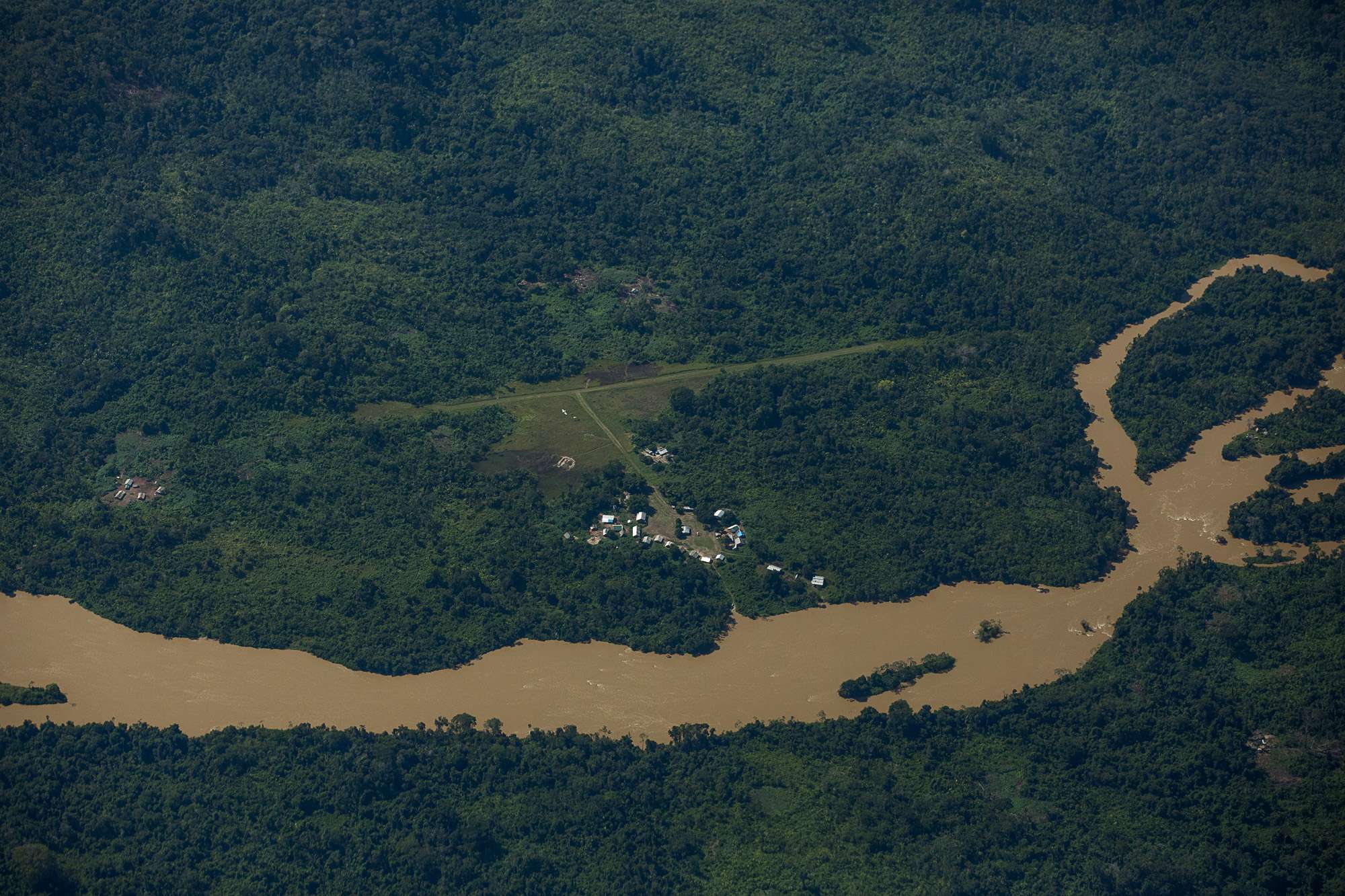
The attacks continued. On the June 13, a group of miners fired shots at the Palimiu village. On June 16, a new shooting attack took place in the Korekorema village and on June 17, children and young people fishing in the Uraricoera River near the Tipolei village were hit by a miners’ boat.
All these attacks were reported by the Hutukara Yanomami Association and by the Yanomami and Ye’kuana District Health Council (Condisi-Y) to the Federal Prosecutors’ Office, to the Federal Police, to Funai and to the Army’s 1st Jungle Infantry Brigade in Roraima.
On June 10, the federal government authorized the use of the National Public Security Force in “activities and services essential to the preservation of public order” for 90 days at the Yanomami Indigenous Land”.
The belated measure was announced amid an upsurge of violence and three weeks after the Federal Supreme Court (STF) ordered the government to adopt urgent measures to protect the Yanomami people.
On June 16, the reporter asked the Ministry of Justice to comment on the actions of agents of the National Force in the indigenous territory but received no response.
*In collaboration with Kátia Brasil
Yanomami Blood Gold Teams
Amazônia Real: Kátia Brasil (executive editor); Eduardo Nunomura (special editor); Alberto Cesar Araujo (photography editor), Elaíze Farias (content editor); Maria Fernanda Ribeiro, Clara Britto and Alicia Lobato (reporters); Bruno Kelly (flight photographer) and Paulo Dessana (photographer); Lívia Lemos (social media); Maria Cecília Costa (executive assistant); Giovanny Vera (maps); César Nogueira (editing); Nelson Mota (developer); and Ana Cecilia Maranhão Godoy (translator).
Repórter Brasil: Ana Magalhães (journalism coordinator); Mariana Della Barba (editor); Mayra Sartorato (social media editor); Piero Locatelli and Guilherme Henrique (reporters); Joyce Cardoso (intern).
